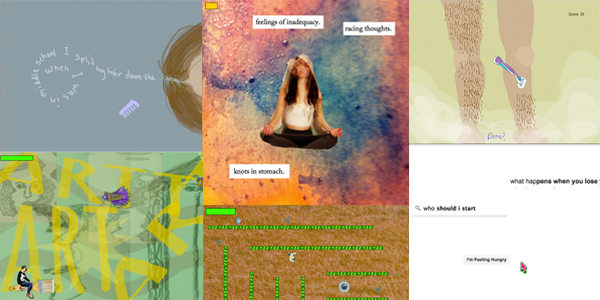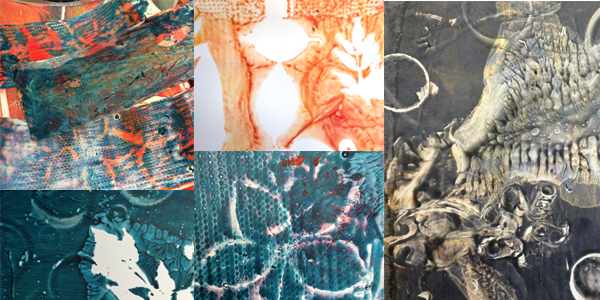Turning Numbers into Art
Objective
Students now seeing their prints dry will figure out how to present their information, raising awareness of watershed issues. Students will explore how artists create visualizations of data and statistics and if/why visual portrayals of data mean more than raw numbers alone.
Hook
Students will watch the TedTalk by Chris Jordan
Then students will answer the following questions:
- What is Chris Jordan’s work about?
- What is an unconscious behavior and how can it be a detrimental thing?
- Why does looking at a visualization of a number rather than an actual number mean more?
- Why is this important? Did you know these stats before? How do you feel about these numbers? What does this day about our culture?
“I have this fear that we aren't feeling enough as a culture right now. There's this kind of anesthesia in America at the moment. We've lost our sense of outrage, our anger and our grief about what's going on in our culture right now, what's going on in our country, the atrocities that are being committed in our names around the world. They've gone missing; these feelings have gone missing.”
– Chris Jordan
Instructional Input
Today students will look at artists who visualize data in their work. Students will be asked to look at 2 pieces by
Chris Jordan and 3 pieces by
Jose Duarte. Instructor will show the artist’s dynamic website and how Chris Jordan repeats a symbol numerous times to represent a statistical fact that many over look. Jose Duarte creates “low-fi”
INFOGRAPHIC using photographs. He demonstrates real life statistics using physical objects in real world settings. Students will now be intimately familiar with Chris Jordan’s work will be asked to verbalize the concepts and purposes behind his artwork.
Guided Practice
Students will be reintroduced to the purposes of their art pieces. How do we visually show the important factors affecting the watershed? How do we share the information we learned? Through symbols? Through words? Size? Pattern? Students will have the opportunity to either cut out and collage on top of their prints from the previous day, to paint on top of them their messages or any other methods they may come up with. Instructor should have demo showing completed work showing both with and without words.
Independent practice
During this time, students will look at the prints from the previous day and their research worksheets and begin to work on creating their visual messages about their issues. Instructor will be on hand to help the students problem-solve and give feedback for ideas.
Closure
During closure students will give feedback on how their art piece is progressing sharing any struggles or breakthrough moments they had during the day. Students will also be asked to link what they are working on to the work of Chris Jordan and Jose Duarte.





